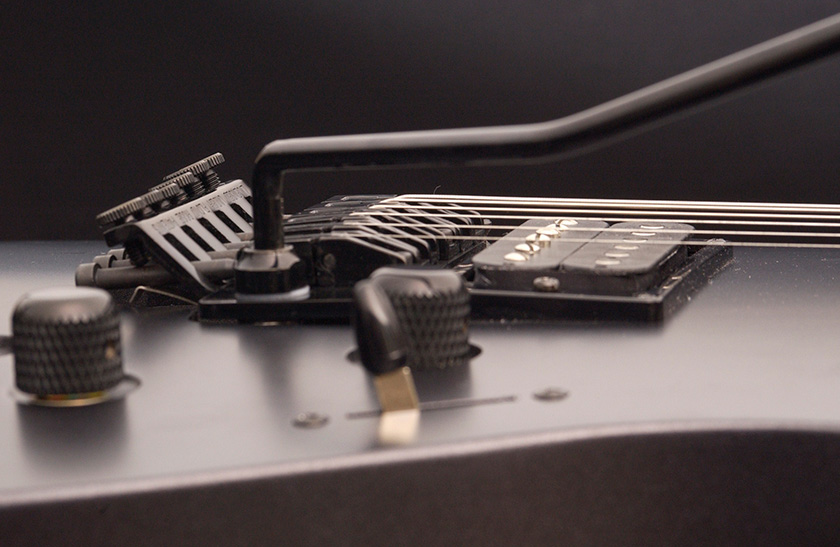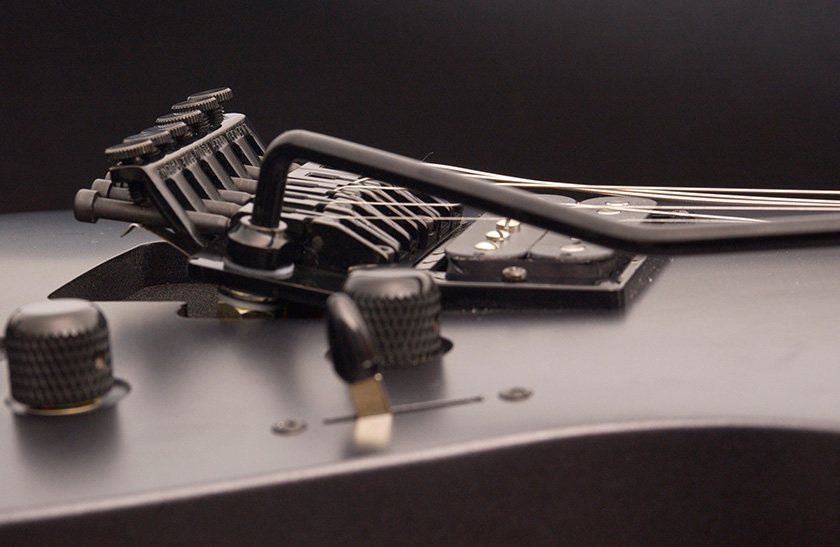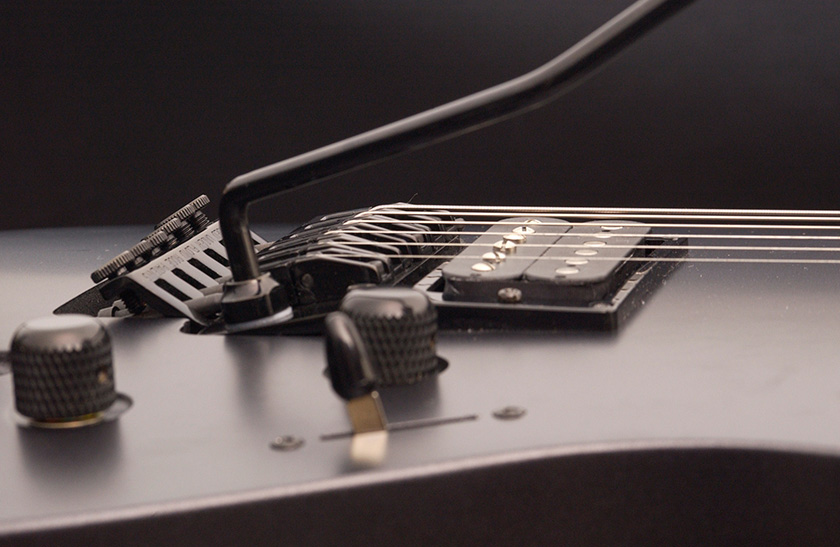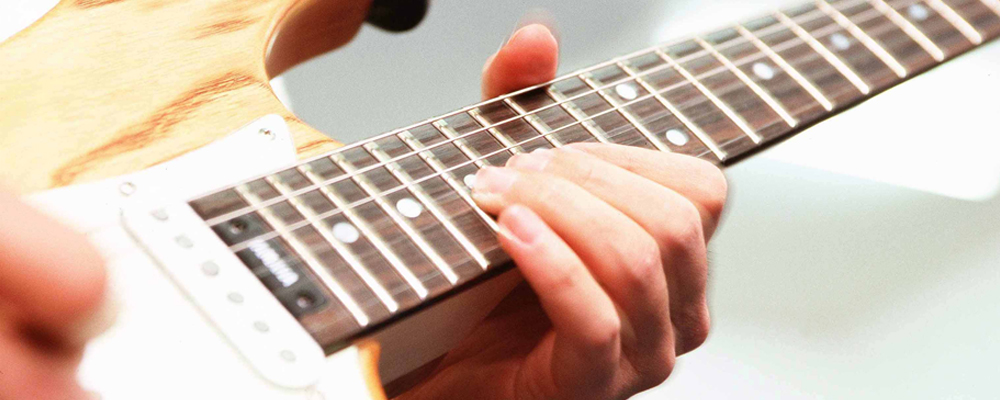How to Play the Electric Guitar
There are many ways to play the electric guitar
Check out the videos!
Some interesting and very idiosyncratic playing techniques can be used with the electric guitar. Some of these are introduced below.
Vibrato technique:Vibrato is introduced into the sound by subtly moving the string vertically or horizontally.
Bending technique: The pitch is changed by bending the string up parallel to the fingerboard.
Hammer-on:Sound is produced by pressing the string in such a way that it strikes the fingerboard.
Pull-off:The left-hand finger pulls the string, producing a sound.
Pick-scrape:The pick is stood up and "scraped" along the strings.
Right-hand:Both the left and right hands are used to hammer-on and pull-off the strings.
Bottleneck:A glass or steel object is slid down the strings. Bottles and other common items can also be used.
Spinning the tremolo bar around does nothing
People often do not know how to use the tremolo bar, since spinning it around does nothing to the sound.The tremolo bar moves this way so that the guitarist can spin it out of the way when he or she is done using it.In order for it to actually affect the sound of the guitar, it needs to be pushed toward or pulled away from the body.
The actual effect depends on the instrument, but when the bar is pushed toward the body, the entire bridge rises to one side of the support point, causing all six strings to become looser. In other words, the tension on the strings weakens, and the pitch falls.Conversely, when the arm is pulled away from the body, the strings are pulled tighter, increasing both the tension and the pitch. Therefore, shaking the bar toward and away from the body while a note is being played adds a vibrato effect to the sound.There are techniques such as "pulling the arm" and "depressing the arm" playing, though these are often referred together as "arming."

Normal (floating)

When the bar is pressed in the bridge tilts toward the neck

When the bar is pulled away the bridge tilts toward the end of the body
Vibrato technique using the tremolo bar
Arm down
Notation used to indicate bending
You may have seen two strange symbols, "b" and "br," noted on electric guitar tablature found online. The "b" indicates the string should be bent, while the following "r" indicates that the bend should be released.
Full bend

The string is bent up (down) to raise the pitch one tone.
Half (semitone) bend

Raises the pitch one semitone (one fret).
One and a half bend

Raises the pitch one and a half tones (three frets).
Quarter bend

The pitch is raised a quarter tone. Feeling is more important than accuracy here.
Bend-up

This is where the string is picked after it has already been bent up one tone. For a semitone this is noted as "H.U."
Bend-down

The listener will hear the bent string lowering back to its original pitch.
Unison bend

A lower string is bent so that it produces the same pitch as a higher string. This is generally done with strings 1 and 2, or strings 2 and 3.
Portamento bend

A note is held for a long time and slowly bent.
Which part of the finger should be used to bend?
When string 2 is bent, strings 3 and 4 are pushed up with the fingers.f the string height is normal, the strings are pushed up with the flesh on the tip of the finger. If you push strings 3 and 4 up with your fingernail after string 2 has been bent, strings 3 and 4 could produce sound by mistake. Be careful about touching another string after pushing string 2 up, as strings 3 and 4 could sound in this case also.
There is no shortcut to make bending easier, but if you continue to practice the skin on your fingertips will get tougher, and both bending and vibrato will become easier.
Musical Instrument Guide:Electric Guitar Contents
Structure
How to Play
How the Instrument is Made
Choosing an Instrument
Care and Maintenance
Trivia
- Slide guitar playing may have been invented in a bar
- Feedback:Great for guitar playing! Not so great for karaoke...
- What is the difference between an electric guitar and electric acoustic guitar?
- Is there a way to eliminate the noise heard when plugged into an amplifier?
- Whole note down tuning for deeper bass

